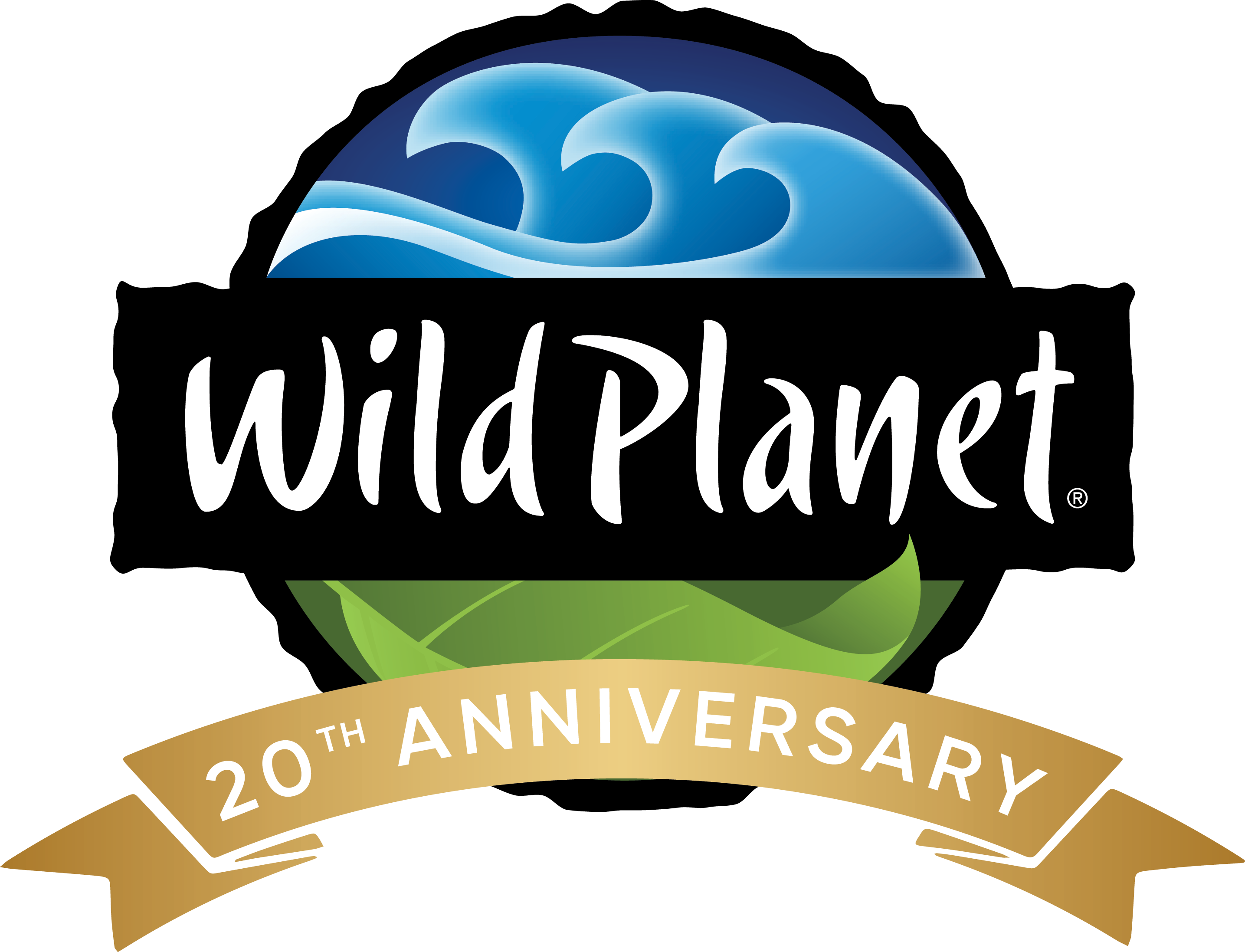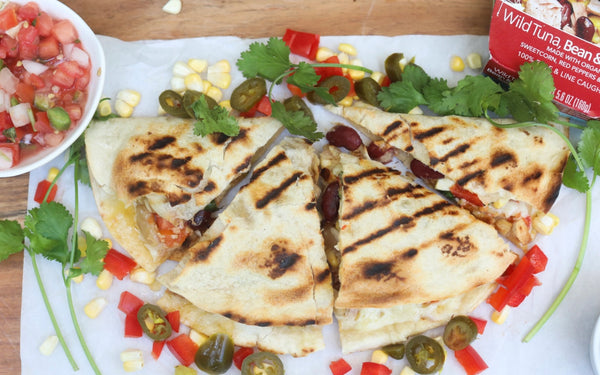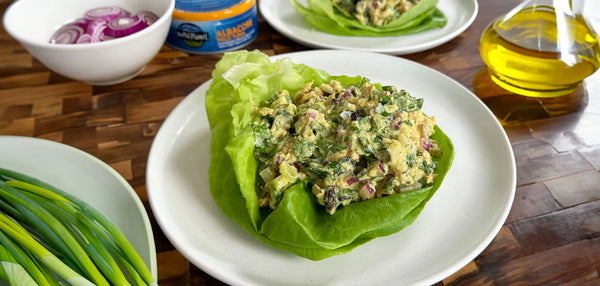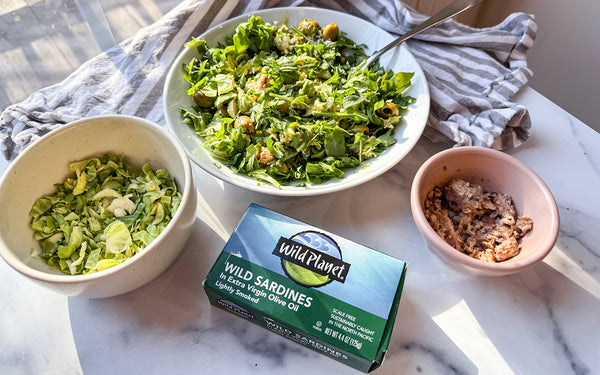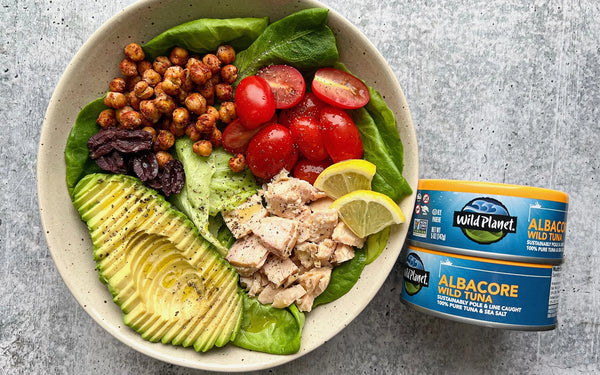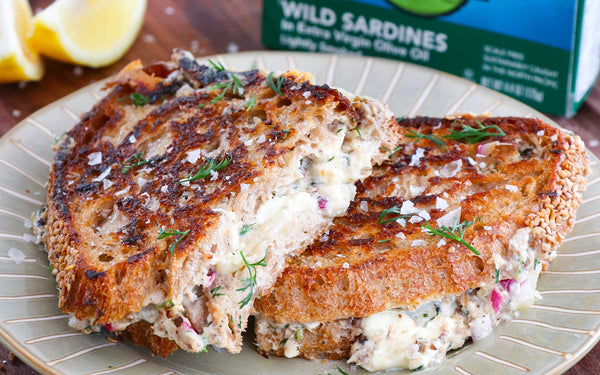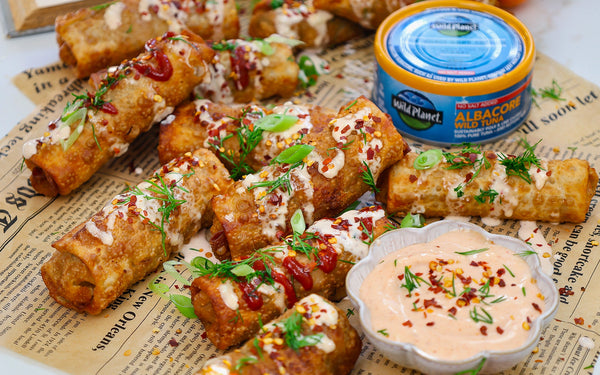 We know our oceans are feeling the negative effects of our dependence on plastics, but as consumers, what can we do? We've invited Diane MacEachern from Big Green Purse to share a few simple changes to make to our daily plastic consumption that can make a big difference to our oceans, marine life — and our own health!
We know our oceans are feeling the negative effects of our dependence on plastics, but as consumers, what can we do? We've invited Diane MacEachern from Big Green Purse to share a few simple changes to make to our daily plastic consumption that can make a big difference to our oceans, marine life — and our own health!
These days, a fishing expedition is as likely to turn up plastic trash as it is an actual fish.

That’s not much of an exaggeration. Globally, an estimated eight million tons of plastic wind up in the ocean every year. By 2050 there could be more plastic by weight than fish in the world’s seas, reports a collection of non-profit ocean protection groups that include
5Gyres.org and the
Surfrider Foundation.
Even if you don’t reel in a plastic bottle or bag when you throw out your line, you may inadvertently end up eating one. When plastic is exposed to intense sunlight and strong currents, it breaks into smaller and smaller pieces that eventually become “micro”-sized—and, unwittingly, fish food. Scientists at
Vancouver Island University in British Columbia found “a rainbow of little plastic particles” in the clams and oysters they retrieved from coastal British Columbia. “When you eat
, you’re eating plastics as well,” says researcher Sarah Dudas. Plastic also makes life miserable if not impossible for the wildlife that live in and around the globe’s waters.
A YouTube search of “videos of sea birds and animals suffering from plastic” turns up 19,500,000 results. They include footage of whales trapped in fishing line, sea birds whose beaks are clamped closed by a plastic six-pack ring, and the stomachs of albatrosses and puffins that eventually died because their guts could not process all the tiny plastic pieces that the birds accidentally ate. 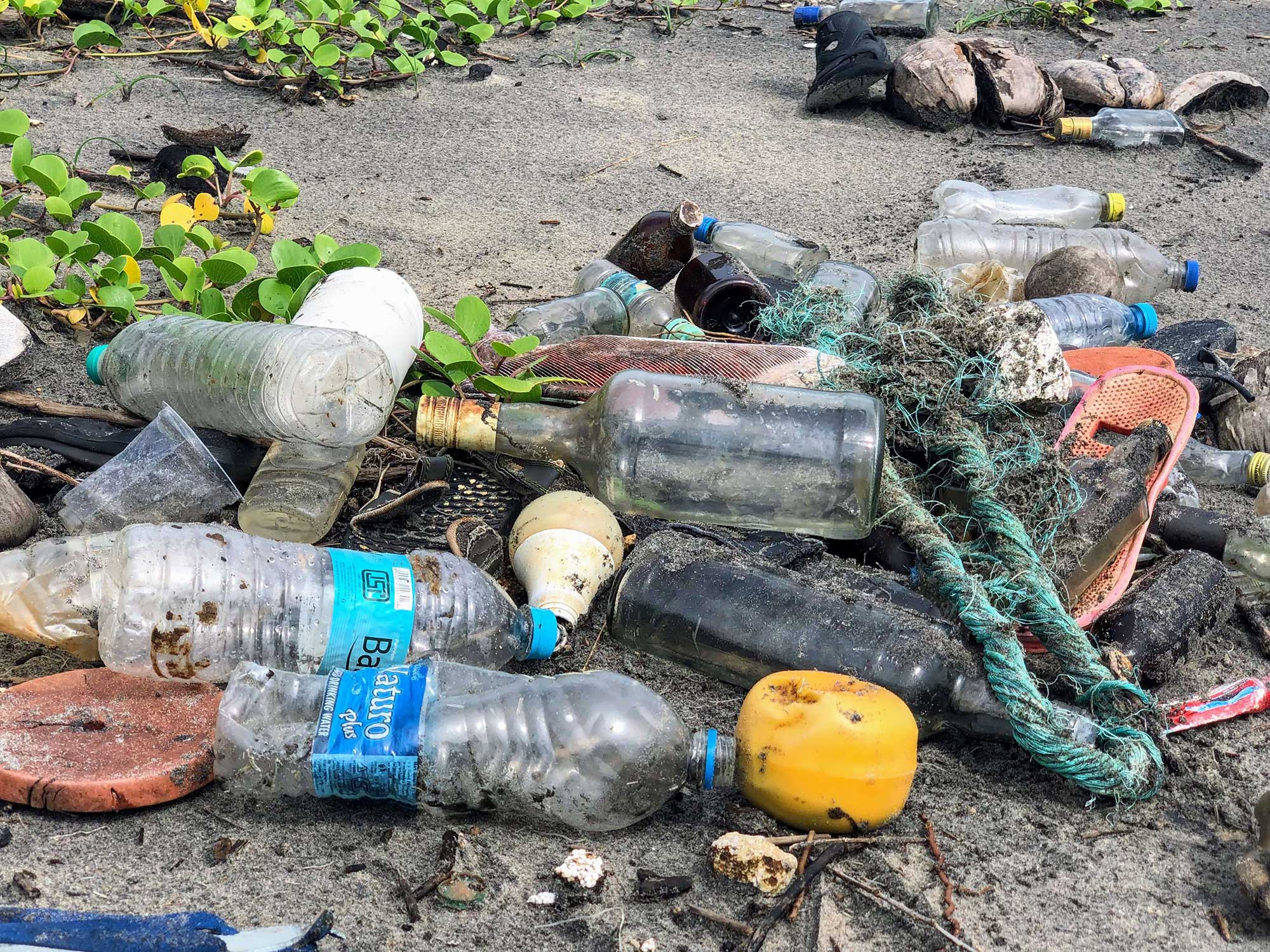 Single-use plastic shopping bags and throwaway water bottles have received the most blame for the plastic pollution crisis. But here are five other common sources of plastic that are contributing to what has become known as the Great Pacific Garbage Patch (and floating garbage patches elsewhere, as well):
Single-use plastic shopping bags and throwaway water bottles have received the most blame for the plastic pollution crisis. But here are five other common sources of plastic that are contributing to what has become known as the Great Pacific Garbage Patch (and floating garbage patches elsewhere, as well):
1. Cigarette butts  Smokers often nonchalantly toss cigarette butts to the ground thinking they’ll biodegrade. As it turns out, the butt usually consists of a plastic filter, one that’s going to sit on a beach or shoreline until that inevitable moment when it gets pulled into the water by tides or blown in by a storm. There, it will bob about until an animal chows into it, or until it breaks apart and gets carried further out to sea. Plastic is designed to live forever, and so it does, even if it comes from a cigarette butt. Plastic throwaway cigarette lighters add insult to injury.
Smokers often nonchalantly toss cigarette butts to the ground thinking they’ll biodegrade. As it turns out, the butt usually consists of a plastic filter, one that’s going to sit on a beach or shoreline until that inevitable moment when it gets pulled into the water by tides or blown in by a storm. There, it will bob about until an animal chows into it, or until it breaks apart and gets carried further out to sea. Plastic is designed to live forever, and so it does, even if it comes from a cigarette butt. Plastic throwaway cigarette lighters add insult to injury.
2. Straws
Single-use throwaway straws became notorious after this video of a suffering sea turtle with a straw up its snout went viral. The National Park Service projects that Americans alone use 500 million drinking straws daily—enough to fill over 125 school buses every 24 hours. Put another way, each person in the U.S. on average uses about 38,000 straws between the ages of 5 and 65! From the straw in your Slurpee to the one in the glass of water served when you dine out, plastic straws seem to be everywhere. And though they may get thrown in a trashcan, part of the problem with plastic waste is that it doesn’t stay contained. Straws end up in sewers and storm drains and, inevitably, the sea.
3. Food Wrappers and Containers, Plus Utensils
Take-out lunch and dinner containers. The plastic that wraps sandwiches and veggies. Flimsy throw-away forks, knives and spoons. These are among the biggest contributors to plastic pollution. Like straws, these items are “flighty”: light, flimsy enough to be easily blown off-shore, and quick to break up into pieces too small to retrieve but problematic nonetheless.
4. Bottle Caps and Drink Cup Lids
Caps are particularly being blamed for sea bird deaths; their bright colors make them easy to spot, and their small size makes them easy to swallow. Coffee and soda cup lids are made from a kind of plastic that can’t easily be recycled but does easily end up as trash and plastic pollution.  5. Clothing Microfibers
5. Clothing Microfibers
Polyester and acrylic are great for keeping clothes wrinkle-free. But throw your fleece vest or stretchy yoga pants in the wash, and they become a source of synthetic fiber that easily gets washed into the water supply, eventually making its way to the ocean. A 2017 report by the International Union for Conservation of Nature estimated that about 35 percent of the microplastics that enter the ocean come from synthetic textile fibers.
What Can You Do?
While recycling helps, it’s not the solution. Using less plastic is. Fortunately, it’s easy to replace many of the polluting offenders by using your consumer clout to shift to plastic-free options. Here’s how:
1. Roll Your Own Cigarettes Using Eco Filters
Of course, the best solution—for your health as well as the sea’s—is to stop smoking. But if that’s not an option, maybe rolling your own cigarettes using eco filters like these is. They’re made from cotton and fruit and vegetable pulp, and are embedded with seeds that will grow into herbs and wildflowers when you throw them away. Otherwise, dispose of cigarette butts in trash receptacles specially designed to prevent the butts from blowing away. TerraCycle is also working with communities to set up cigarette butt recycling programs.
2. Carry Your Own Reusable Stainless Steel, Glass, or Silicone Straw
Reusable straws are easy to carry in their own pouch. Here are 10 plastic-free straws that don’t suck! They come in a variety of sizes, from slender for sodas to jumbo for smoothies. At restaurants, ask your server to “skip the straw” when bringing your drinks. https://www.instagram.com/p/BpICCUlg0uC/
3. Use a Reusable Coffee Cup
You’re probably already using a reusable water bottle; why not a reusable coffee cup, too? Most coffee shops will fill up your own cup with whatever your drink of choice is, and they can as easily pour a latte into your own cup as theirs. You can also get coffee mugs that come with filters; add your coffee before leaving home so all you need to ask for is hot water.
4. Take Your Own Lunch and Utensils
From reusable stainless steel “bento” boxes to refillable Mason jars to collapsible “sporks,” it’s easy to pack your own plastic-free lunch. There’s an added bonus if you do: you’ll waste less food and save money eating out. 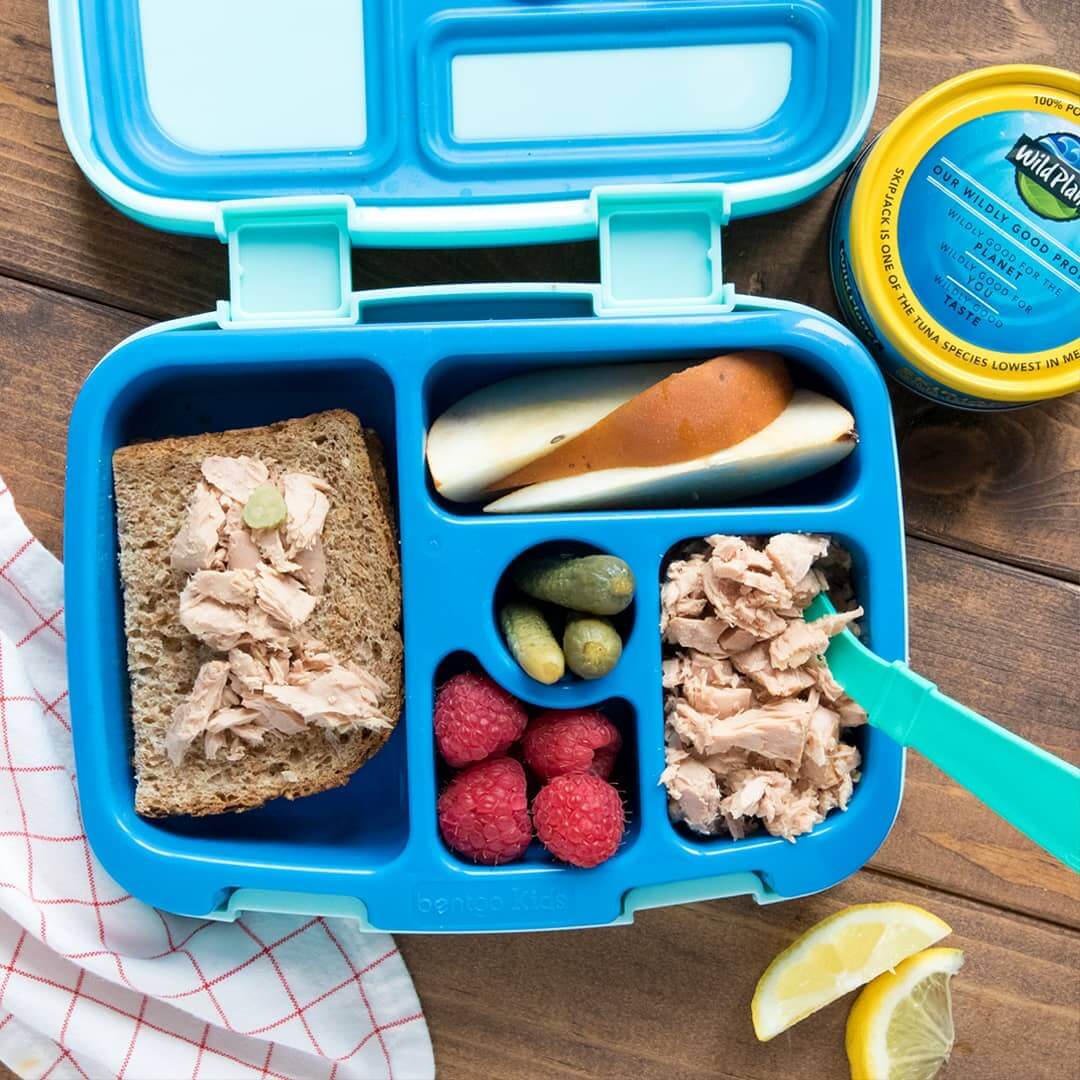 5. Try a GuppyFriend Washing Bag
5. Try a GuppyFriend Washing Bag
GuppyFriend Washing Bag is a bag developed by Patagonia that traps microfibers when you’re washing your clothes so they won’t escape down the drain. Also, when buying new clothes, opt for garments made from cotton, linen, flax, and hemp, all of whose natural fibers will eventually break down in the environment. Finally, simply take notice of how many times a day you use single-use, throwaway plastic. Yes, plastic is convenient. It is also easy to avoid once you decide to make it a priority. And if you’ve figured out that NOW is that time, you’d be absolutely correct! 
— Join us as we commit to practice these solutions to preserve and do our part in protecting our oceans. Share with us any additional ways we can skip using plastic products in the comments below!
 We know our oceans are feeling the negative effects of our dependence on plastics, but as consumers, what can we do? We've invited Diane MacEachern from Big Green Purse to share a few simple changes to make to our daily plastic consumption that can make a big difference to our oceans, marine life — and our own health!
We know our oceans are feeling the negative effects of our dependence on plastics, but as consumers, what can we do? We've invited Diane MacEachern from Big Green Purse to share a few simple changes to make to our daily plastic consumption that can make a big difference to our oceans, marine life — and our own health!  That’s not much of an exaggeration. Globally, an estimated eight million tons of plastic wind up in the ocean every year. By 2050 there could be more plastic by weight than fish in the world’s seas, reports a collection of non-profit ocean protection groups that include 5Gyres.org and the Surfrider Foundation.
That’s not much of an exaggeration. Globally, an estimated eight million tons of plastic wind up in the ocean every year. By 2050 there could be more plastic by weight than fish in the world’s seas, reports a collection of non-profit ocean protection groups that include 5Gyres.org and the Surfrider Foundation. Single-use plastic shopping bags and throwaway water bottles have received the most blame for the plastic pollution crisis. But here are five other common sources of plastic that are contributing to what has become known as the Great Pacific Garbage Patch (and floating garbage patches elsewhere, as well):
Single-use plastic shopping bags and throwaway water bottles have received the most blame for the plastic pollution crisis. But here are five other common sources of plastic that are contributing to what has become known as the Great Pacific Garbage Patch (and floating garbage patches elsewhere, as well):  Smokers often nonchalantly toss cigarette butts to the ground thinking they’ll biodegrade. As it turns out, the butt usually consists of a plastic filter, one that’s going to sit on a beach or shoreline until that inevitable moment when it gets pulled into the water by tides or blown in by a storm. There, it will bob about until an animal chows into it, or until it breaks apart and gets carried further out to sea. Plastic is designed to live forever, and so it does, even if it comes from a cigarette butt. Plastic throwaway cigarette lighters add insult to injury.
Smokers often nonchalantly toss cigarette butts to the ground thinking they’ll biodegrade. As it turns out, the butt usually consists of a plastic filter, one that’s going to sit on a beach or shoreline until that inevitable moment when it gets pulled into the water by tides or blown in by a storm. There, it will bob about until an animal chows into it, or until it breaks apart and gets carried further out to sea. Plastic is designed to live forever, and so it does, even if it comes from a cigarette butt. Plastic throwaway cigarette lighters add insult to injury.  5. Clothing Microfibers
5. Clothing Microfibers  5. Try a GuppyFriend Washing Bag
5. Try a GuppyFriend Washing Bag 
